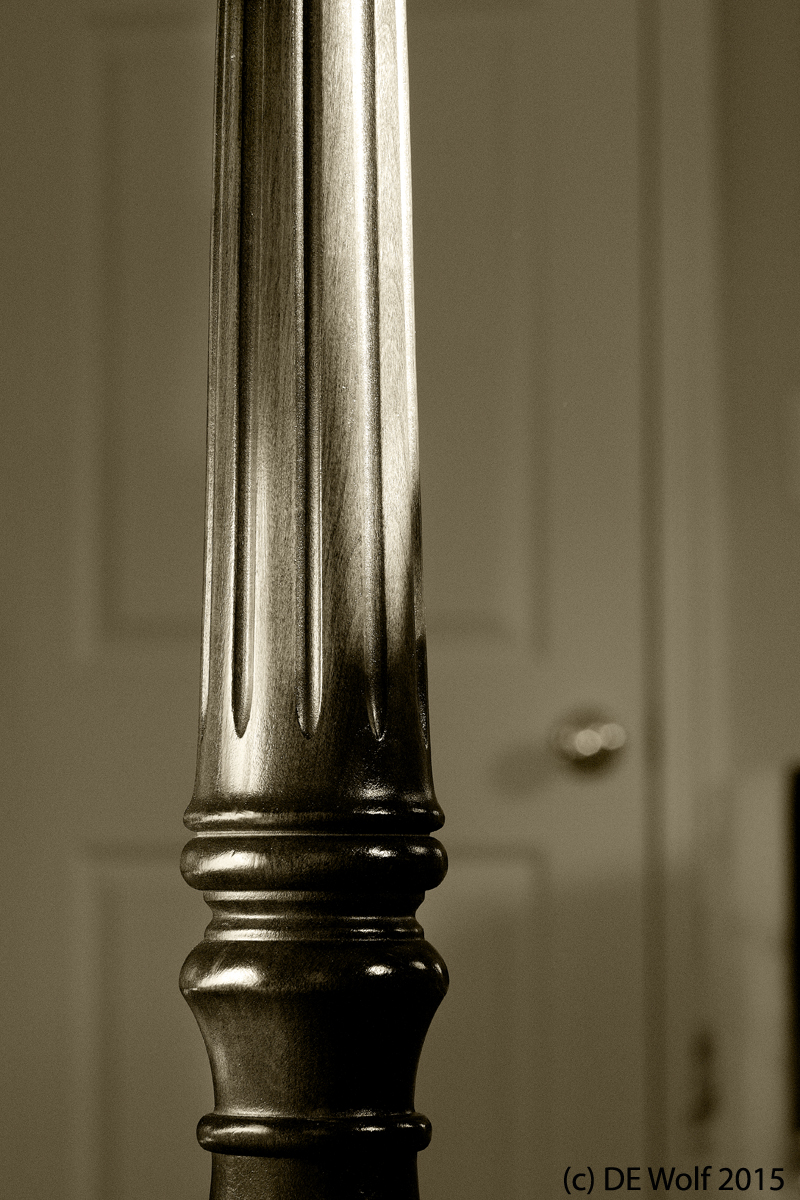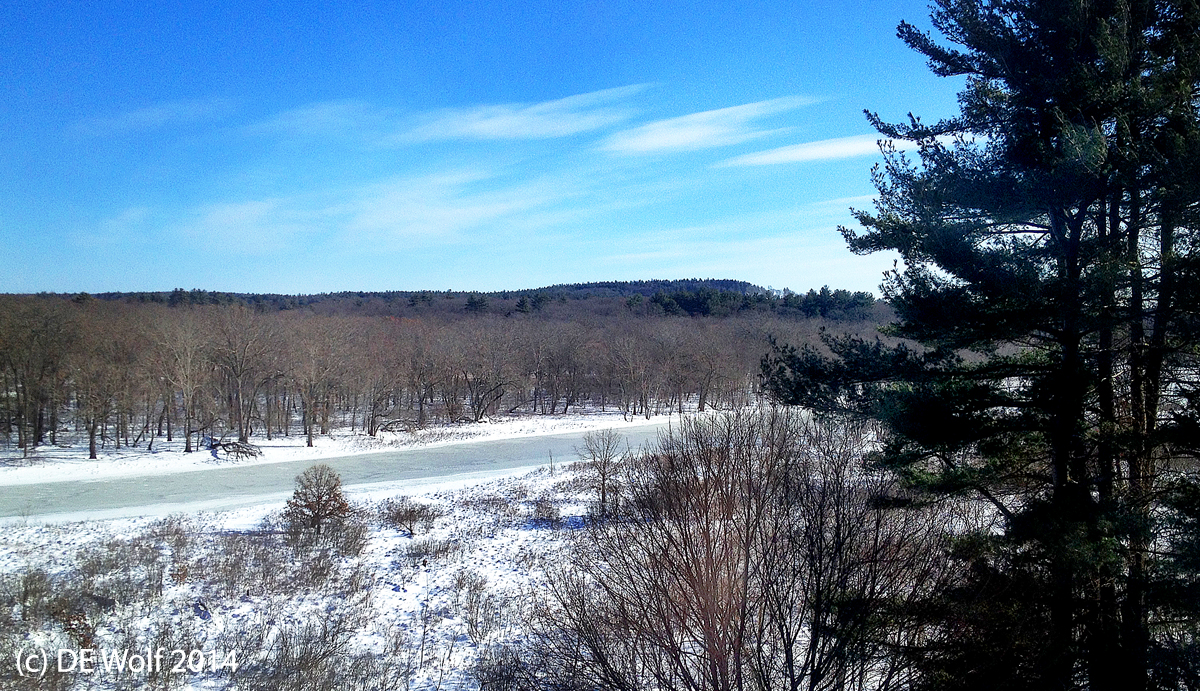Yes, they have been reading my mind! They? I mean photographers of eccentric sports from all around the world. Here in New England we’ve got nearly sixty inches of snow on the ground. It’s getting rather annoying. And it’s also been rather cold. As I write it is 13 deg. F. outside my window. Speaking of eccentric: inches? deg. F. Hello, Americans! You’re giving the rest of the world a headache with these stupid conversions from silliness to international standards. But in Perton, we’ve got this wonderful picture by Phil Noble of Reuters of this guy in the all and all crawling in the mud in the annual Tough Guy Challenge. First there is a cross-country run and then an obstacle course through freezing water pools, fire pits, and tunnels. Don’t you just love the bow-tie. We’ve got at least one regular reader who’s probably thinking right now, hmm looks like fun.



